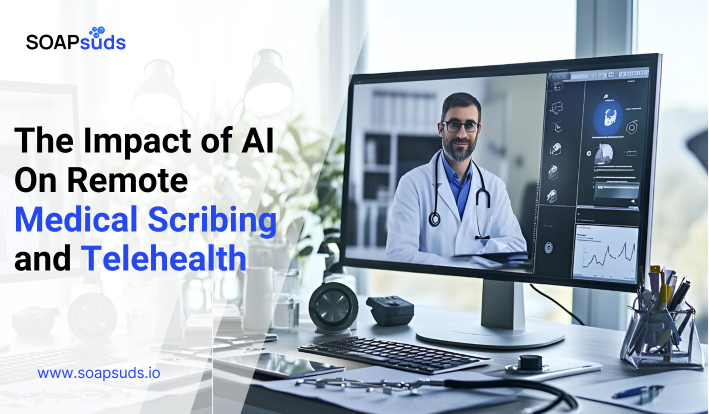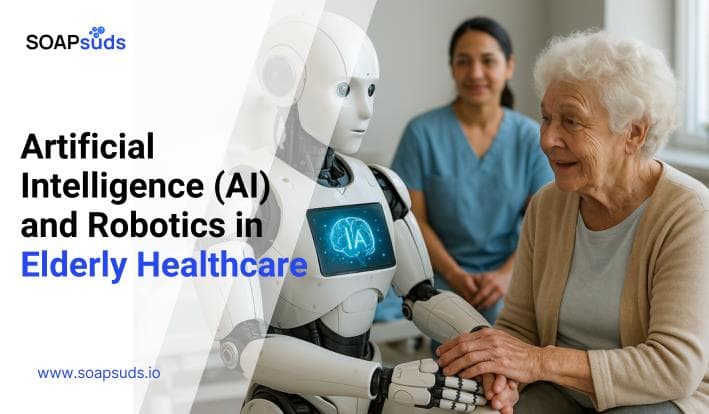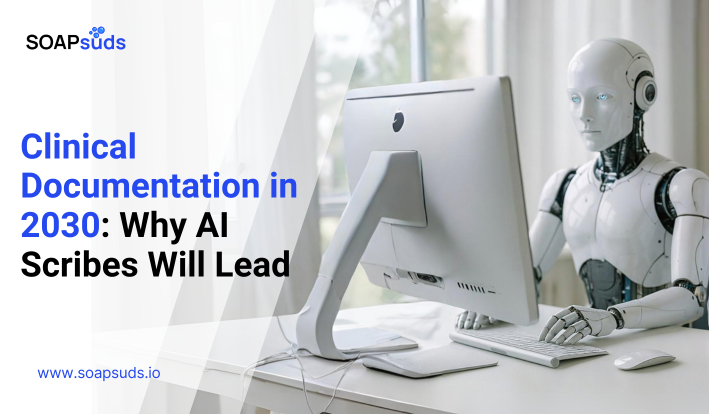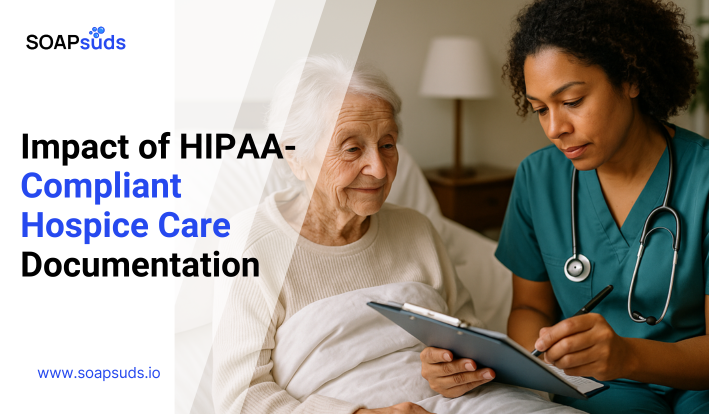Medical Notes: Dictation vs Transcription in Clinical Practice
SOAPsuds team
Published: 1/1/2025
SOAPsuds team
Published: 1/1/2025

Think of visiting a doctor and finding out that the computer used to help figure..

It’s well known that telemedicine and online healthcare services have grown significantly in the post...

Medical transcription services turn voice-recorded medical conversations into written reports. While human transcribers...

Integrating robotics and artificial intelligence (AI) into senior care is changing how elder support services

By 2030, clinical documentation in healthcare will rely heavily on AI systems, faster data exchange,

As a hospice care provider, you hold both ethical and legal responsibility to protect
Clinical Notes
SOAP notes
DAP notes
AI medical notes